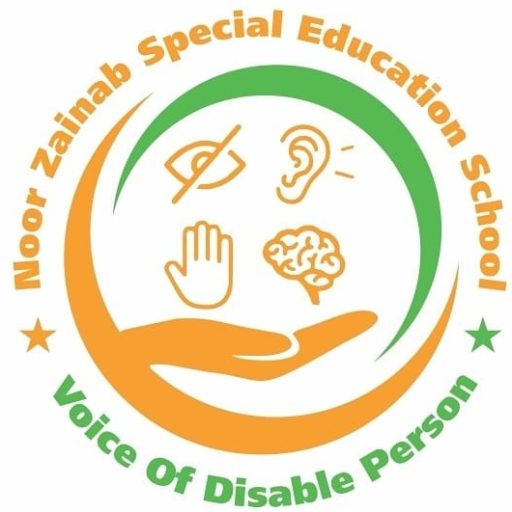Longitudinal Study on the Developmental Progression of Dyspraxia from Childhood to Adolescence
Dyspraxia, also known as developmental coordination disorder (DCD), is a motor skill impairment that impairs the ability to organize and carry out coordinated movements. It is essential to comprehend the developmental trajectory of dyspraxia from childhood to adolescence to design efficacious interventions and supports. Studies that track participants over an extended period offer vital insights into the developmental trajectory of dyspraxia. This blog explores the results of these investigations, focusing on the adjustments, difficulties, and coping mechanisms connected to dyspraxia in children and adolescents.
Childhood: Early Identification and Initial Challenges
Early Signs and Diagnosis
During childhood, fine and gross motor skill deficits are frequently the first signs of dyspraxia. Youngsters may find using scissors, tying their shoelaces, or playing sports difficult. When kids start school, their motor skill deficiencies become more noticeable compared to their classmates, which is usually when these issues are discovered. Early diagnosis is essential because it enables prompt intervention, which can greatly enhance overall development and motor abilities.
Impact on Academic and Social Life
Childhood dyspraxia can significantly affect social connections and academic achievement. Problems with motor skills can make writing tedious and slow, which might hinder scholastic progress. Children who struggle with dyspraxia may also shy away from activities that require motor coordination, which can result in social isolation. Their clumsiness may also lead to bullying or teasing, which exacerbates social issues.
Interventions and Support
At this point, occupational therapy, physical therapy, and specialist educational support are frequently used as interventions. Therapists use specific exercises and activities to help youngsters develop their motor abilities. To help kids manage the pressures of school, schools may offer concessions like letting students use computers for writing assignments. To provide a helpful atmosphere for the child, parents and teachers are essential in offering support and understanding.
Adolescence: Evolving Challenges and Coping Strategies
Physical and Cognitive Changes
Children with dyspraxia go through major physical and cognitive changes as they approach puberty. Hormonal changes and a growth spurt during adolescence might make coordination issues worse. Adolescent cognitive demands, such as a heavier workload in school and a greater need for organization, can also present new difficulties for dyspraxics.
Social Dynamics and Self-Perception
Adolescence is a crucial time for social growth and self-identity. In particular, negotiating social dynamics might be difficult for adolescents who suffer from dyspraxia. Because of their persistent motor impairments, they could still experience social marginalization and struggle with issues related to their self-esteem. During this phase, peer interactions become even more crucial, and feeling alone and frustrated can result from finding it difficult to engage in social activities.
Academic and Vocational Implications
Dyspraxia causes academic difficulties that last into puberty. Teens who struggle with dyspraxia may find it challenging to meet the rigorous academic requirements of secondary school. Their school success and future employment prospects may be impacted by this. However, many teenagers with dyspraxia can achieve academic success with the right help and accommodations, like extra time for tests and the use of assistive technology.
Longitudinal Insights: Key Findings and Implications
Stability and Change in Motor Skills
Longitudinal studies have demonstrated that while some dyspraxics show progressive gains in their motor skills, others still struggle greatly. The severity of the disorder, the success of early interventions, and the existence of co-occurring disorders like ADHD or autism spectrum disorder all influence how much recovery is often seen. Throughout adolescence, treating motor skill impairments requires ongoing support and adaptive measures.
Emotional and Psychological Well-being
Dyspraxia can have a significant emotional and psychological impact. Adolescents with dyspraxia are more likely to experience anxiety, despair, and low self-esteem, according to longitudinal studies. Understanding classmates, family members, and instructors can create a supportive environment that helps lessen these emotional difficulties. Counseling and other forms of mental health support might also be helpful.
Adaptive Strategies and Resilience
Many teenagers with dyspraxia show incredible tenacity and the development of useful coping mechanisms despite the difficulties. These tactics could include making friends that are encouraging, participating in hobbies that don’t require a lot of motor coordination, and employing organizing tools to handle academic responsibilities. Encouraging a positive self-image and capitalizing on these strengths are essential elements of managing dyspraxic adolescents.
Gaining knowledge about the difficulties and coping strategies related to dyspraxia can be achieved by following the developmental course of the disorder from childhood to adolescence through longitudinal research. Mitigating motor skill deficiencies and promoting academic and social development require early assessment and intervention. Maintaining resilience and preserving the emotional and psychological well-being of children with dyspraxia as they develop into adolescents requires ongoing assistance from family, educators, and healthcare experts. We can foster a more accepting and encouraging atmosphere that helps people with dyspraxia flourish by acknowledging their particular requirements.

